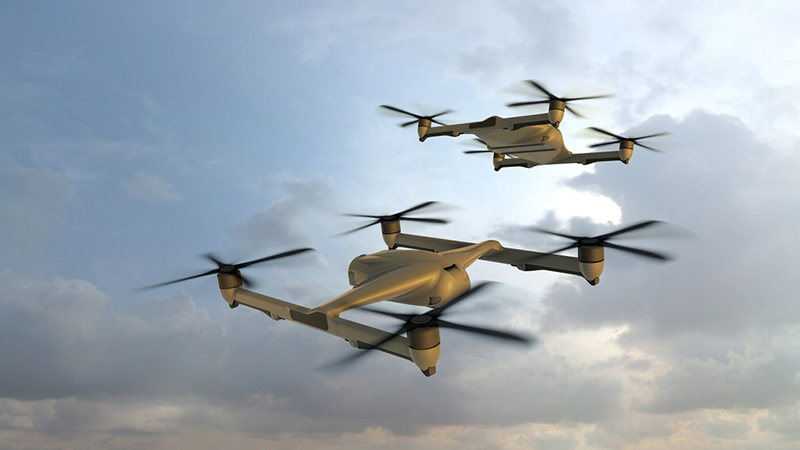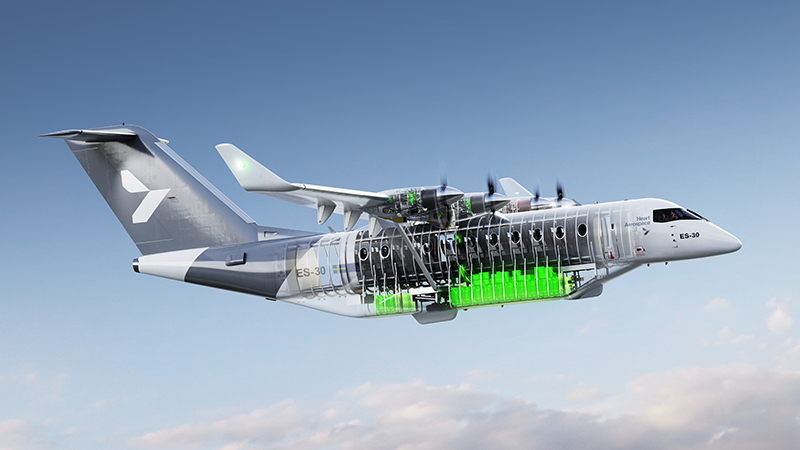

Image courtesy: BAE Systems
Collaborations across different sectors of aerospace and defence are nothing new. However, with the integration of novel technologies, they’re arguably more important than ever.
This is perhaps most evident in the recent acquisition of Malloy Aeronautics by BAE Systems. But why is this so important, and what does it say about the importance of collaborations?
BAE Systems and Malloy Aeronautics have already been working together for two years. The project has focused on the development of the T-650 drone – capable of carrying payloads of up to 300kg over distances of 30km at speeds of 140kmh.
Although the drone is still in its development phase, it builds upon Malloy’s existing drone technology, notably the T-150. Malloy’s American partner, Survice Engineering, is currently under contract to supply this drone to the US Marine Corps.
Unsurprisingly, BAE’s involvement in the project points to military logistics uses. The 300kg payload limit opens up many possibilities for what the drone will be able to do, and it’s even being tested as an ambulance vehicle. At the 2022 DSEI defence show, BAE demonstrated a casualty evacuation pod that would fit into the T-650 drone.
BAE announced at the beginning of February that it has acquired Malloy Aeronautics for an undisclosed sum. The deal incorporates Malloy into BAE’s FalconWorks arm, which specialises in air-related R&D. Malloy’s employees will continue working at the company’s site and will maintain agreements with existing clients.
Moving forward, however, we can probably expect greater output, flexibility and innovation thanks to the presumed budget increase this deal will involve. Although details of the future arrangement are sparse, we will likely see the T-650 released sooner, and possibly a greater number of concept craft.
This final point arguably highlights why these kinds of collaborations and acquisitions are important in all industries, not least aerospace. Malloy was founded in 2013 and has an established presence in its niche, but it is still a comparatively young company. BAE, on the other hand, is a massive multinational company with a budget to match.
From a purely logistical perspective, this acquisition is a mutually beneficial arrangement. Malloy gets to continue innovating but with a sudden and major cash injection. It also gets access to BAE’s worldwide distribution, existing contracts and established knowledge.
On the other hand, BAE gets access to Malloy’s intellectual property and industry experts. This is a much easier route into a comparatively new market, as it saves building a new company arm from the ground up.
But from a more nuanced angle, this acquisition points to wider trends in aerospace and defence. Drone technology is seen by many as the next big thing, and its role in defence is growing by the day. Uncrewed, heavy-lift drones have the power to be a game-changer for logistics and personnel evacuation. Due to battery constraints, it’s an area lagging behind smaller drones, so this collaboration between BAE and Malloy could boost it.

